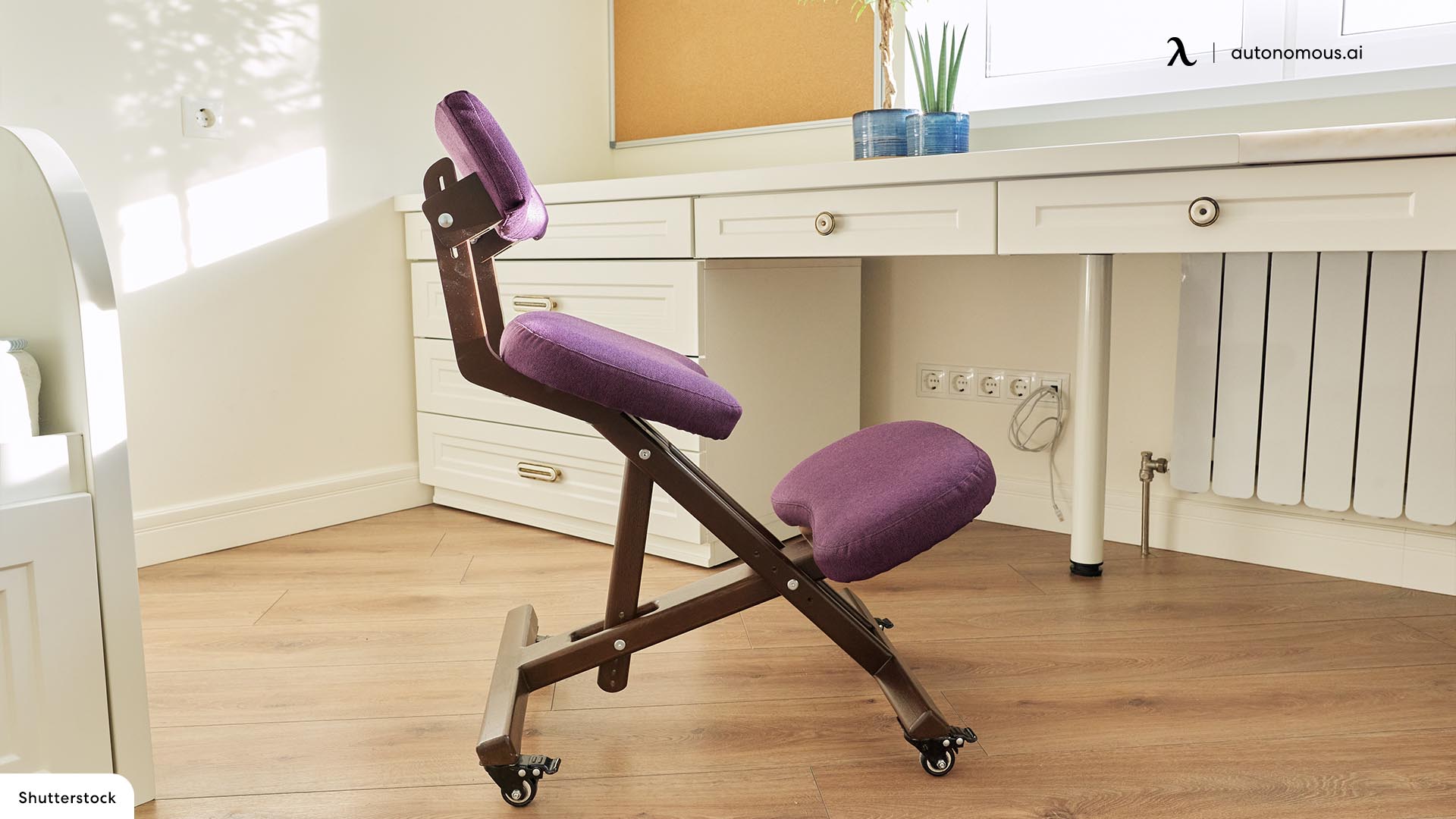Rethinking Your Posture: A Guide to Kneeling Chairs (2017): Best Kneeling Chair 2017

In 2017, the ergonomic revolution was gaining momentum, and kneeling chairs emerged as a compelling alternative to traditional office seating. This guide explores the benefits and considerations surrounding these unique chairs, providing a practical overview for those seeking improved posture and comfort.
Understanding Kneeling Chair Mechanics
Kneeling chairs encourage a more upright posture by subtly shifting the body’s weight forward. This distributes pressure differently across the spine and hips, reducing strain on the lower back. The design encourages a natural posture, promoting spinal alignment and reducing the prolonged slouching often associated with traditional chairs. The angled seat and knee pads work in tandem to support the body in a position that promotes healthy posture.
Health Benefits of Kneeling Chairs, Best kneeling chair 2017
Proper posture is crucial for overall well-being. Using a kneeling chair can offer several health advantages. Many of these benefits are supported by ergonomic principles and research readily available in 2017.
Best kneeling chair 2017 – The following points highlight the potential positive effects:
- Improved Spinal Alignment: The design of a kneeling chair naturally encourages better spinal alignment, reducing the risk of back pain and promoting a healthier posture. This is supported by the principles of ergonomic design focused on maintaining the natural curves of the spine.
- Reduced Lower Back Pain: By shifting weight distribution and promoting an upright posture, kneeling chairs can alleviate pressure on the lower back, a common source of discomfort for office workers. Studies from the early 2000s (and readily available in 2017) have shown a correlation between improved posture and reduced lower back pain.
- Enhanced Core Strength: Maintaining an upright posture on a kneeling chair subtly engages core muscles, contributing to improved core strength and stability over time. This passive strengthening helps support the spine and improve overall body mechanics.
- Increased Circulation: The slightly elevated position of the legs in a kneeling chair can improve blood circulation in the lower extremities. This can be particularly beneficial for individuals who spend long periods sitting.
Choosing the Right Kneeling Chair
Selecting the appropriate kneeling chair involves considering individual needs and preferences. Factors such as height, weight, and personal comfort levels should be carefully assessed. Chair features such as adjustability, padding, and overall build quality are crucial considerations to ensure a comfortable and supportive seating experience.
Visual Guide: Kneeling Chair Anatomy
Imagine an illustration: A detailed diagram of a kneeling chair is presented. This diagram showcases the key components: the angled seat (clearly showing its slope), the padded knee rests (highlighting their ergonomic design and cushioning), the sturdy base (emphasizing stability), and any adjustable features (such as height adjustment or knee pad positioning). The illustration would use clear labels to identify each part. Next to the diagram, a simple line drawing depicts a person sitting correctly in the chair, illustrating the proper posture and weight distribution. This visual aid will help readers understand the chair’s mechanics and functionality.
Potential Drawbacks and Considerations
While kneeling chairs offer numerous benefits, it’s essential to acknowledge potential drawbacks. Some individuals may experience initial discomfort as their bodies adjust to the new posture. Gradual adaptation is crucial, and it is recommended to start with shorter periods of use and gradually increase the duration as the body adjusts. Also, the chair may not be suitable for all individuals, especially those with pre-existing knee or hip conditions. Consult with a healthcare professional before making a switch if you have any concerns.
